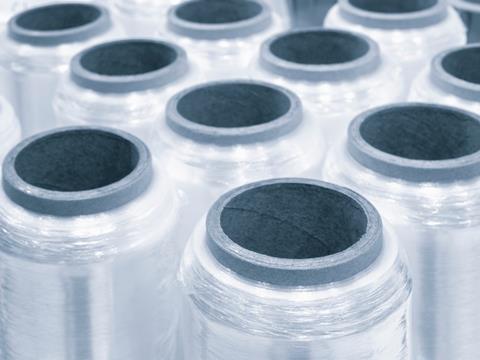
At the University of Adelaide, a team of researchers hopes to contribute to a circular economy by using polyethylene waste as a feedstock and applying light-driven photocatalysis to convert it into useful chemicals.
Led by Professor Shizhang Qiao, chair of Nanotechnology and director, Centre for Materials in Energy and Catalysis at the University of Adelaide’s School of Chemical Engineering, the team published its findings in the scientific journal Science Advances.
“We have upcycled polyethylene plastic waste into ethylene and propionic acid with high selectivity using atomically dispersed metal catalysts,” Professor Qiao explained. “An oxidation-coupled room-temperature photocatalysis method was used to convert the waste into valuable products with high selectivity.
“Nearly 99 percent of the liquid product is propionic acid, alleviating the problems associated with complex products that then require separation.
“Renewable solar energy was used rather than industrial processes that consume fossil fuel and emit greenhouse gases.
“This waste-to-value strategy is primarily implemented with four components, including plastic waste, water, sunlight and non-toxic photocatalysts that harness solar energy and boost the reaction. A typical photocatalyst is titanium dioxide with isolated palladium atoms on its surface.”
The solution responds to concerns that, as the most widely used plastic in the world, polyethylene contributes heavily to plastic waste in landfills and causes issues for the environment and ecological health.
Professor Qiao continued: “Plastic waste is an untapped resource that can be recycled and processed into new plastics and other commercial products.
“Catalytic recycling of PE waste is still in early development and is practically challenging because of chemical inertness of polymers and side reactions arising from structural complexities of reactant molecules.”
Existing chemical recycling processes for polyethylene waste operate at temperatures higher than 400°C and result in complex production compositions. As a chemical feedstock, ethylene can be further processed into various industrial and everyday products, and the antiseptic and antibacterial properties of propionic acid are said to increase its demand on the market.
It is hoped that the progress made by the team will overcome roadblocks regarding environmental damage and energy-intensive processes, as well as take steps towards circularity. The photocatalysis solution is anticipated to be of use in further scientific research, waste management, and chemical manufacturing.
“Our fundamental research provides a green and sustainable solution to simultaneously reduce plastic pollution and produce valuable chemicals from waste for a circular economy,” concludes Professor Qiao. “It will inspire the rational design of high-performance photocatalysts for solar energy utilization and benefit the development of solar-driven waste upcycling technology.”
In related news, chemists at the University of Liège are producing new polyurethane using CO2 as a chemical source – a move expected to drive the development of more easily recyclable plastics.
Scientists at the Department of Energy’s Oak Ridge National Laboratory are also breaking down multiple polymers in mixed plastic streams into their original building blocks using a catalytic process. This is said to lower energy usage, fossil fuel consumption, and carbon emissions.
If you liked this article, you might also enjoy:
The L’Oréal approach to packaging sustainability
The way we talk about plastic needs to change – here’s how to get it right
What steps is Apple taking to make its packaging more sustainable?
















No comments yet